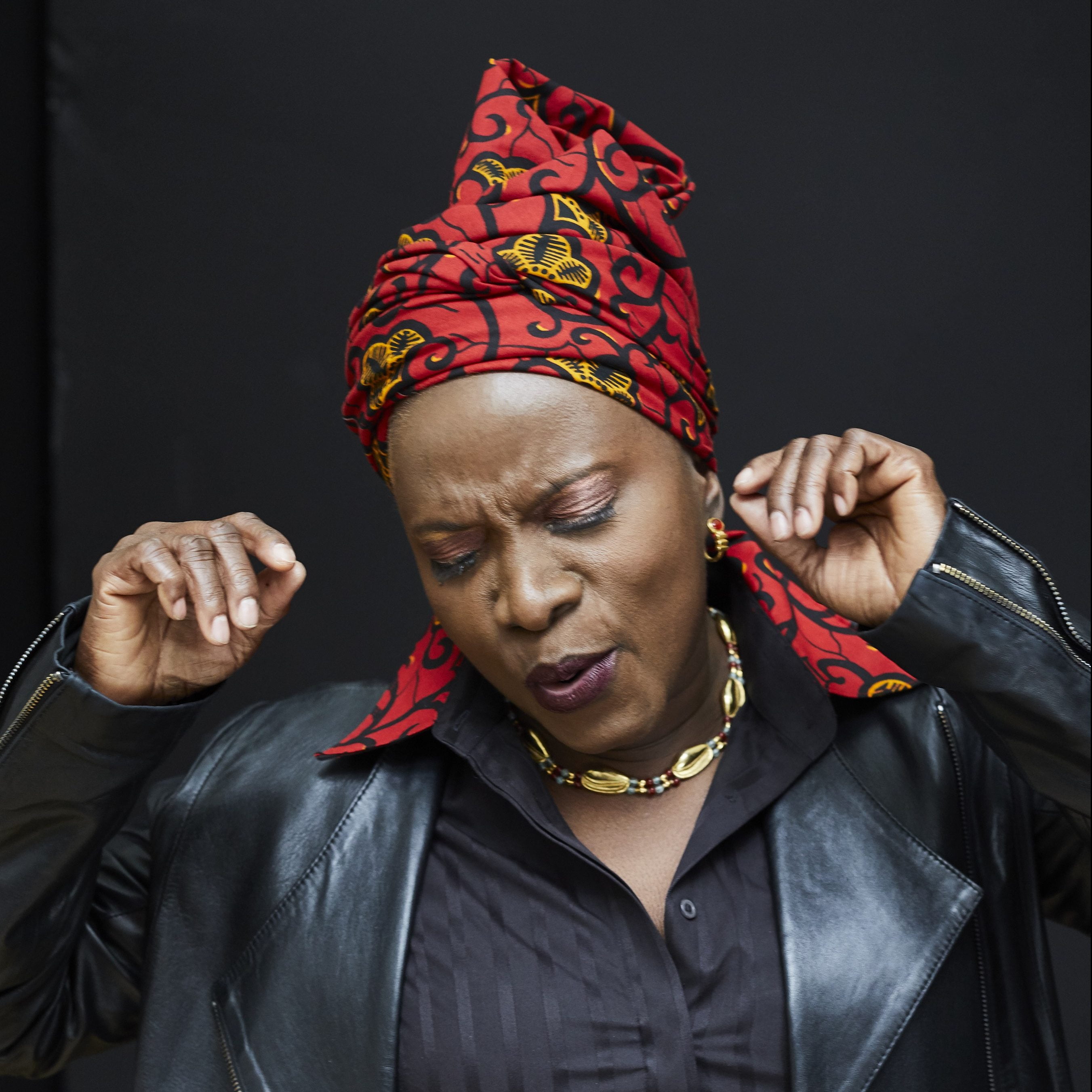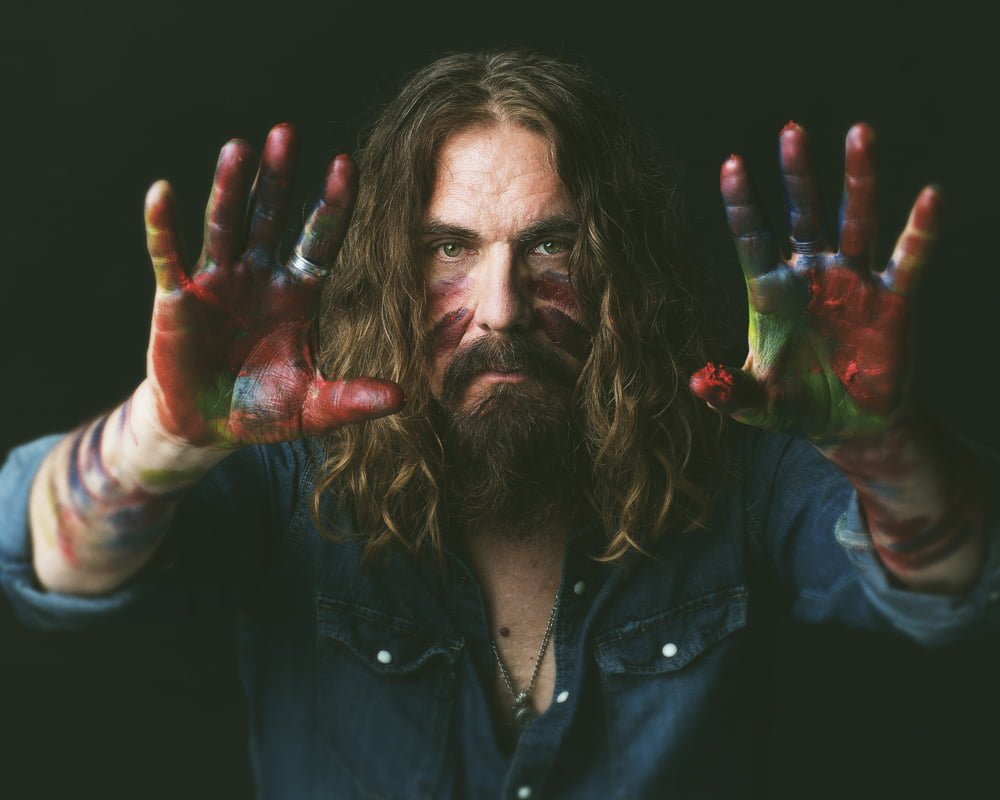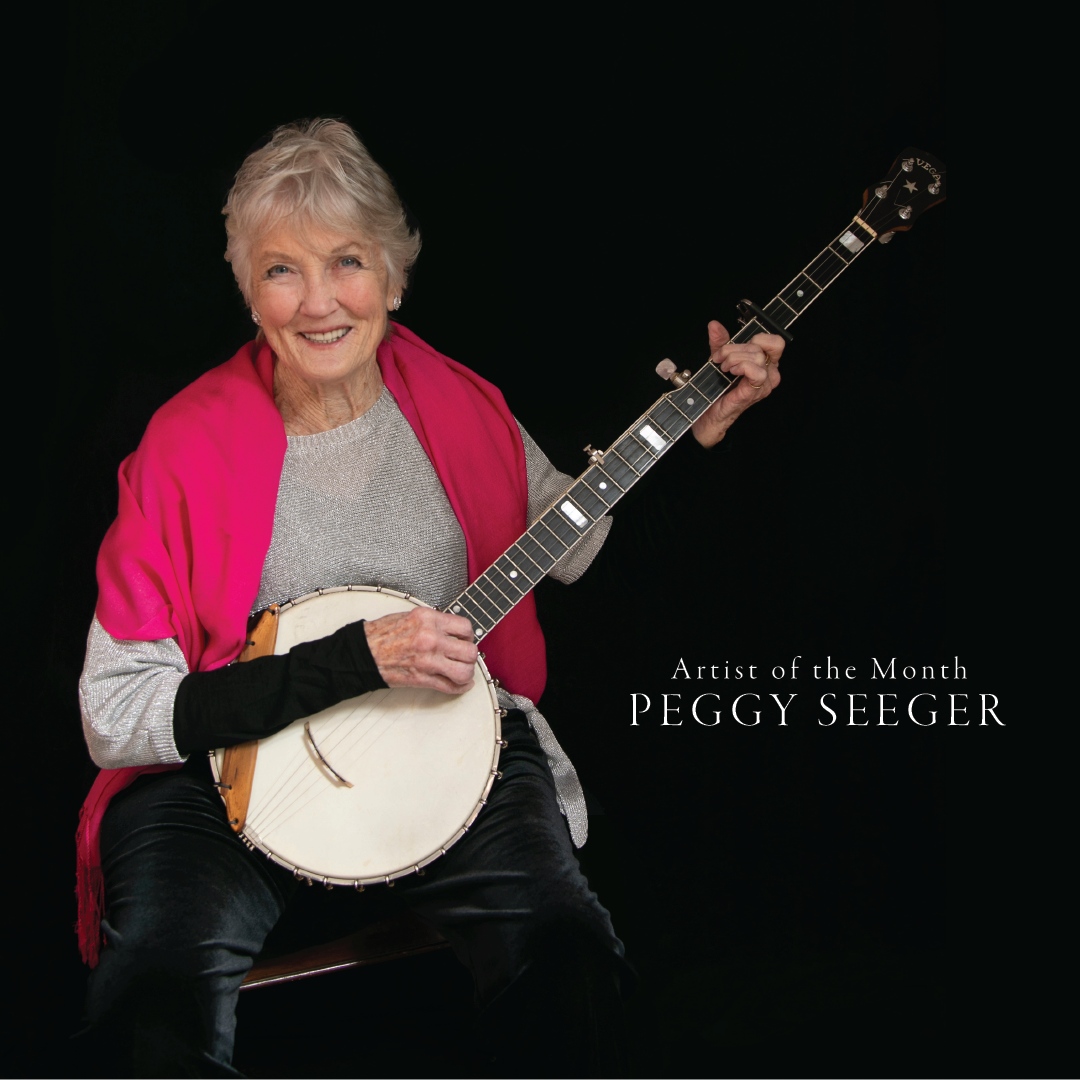She is moving to describe the world
Night must fall now. Darker, darker
She has got to move the world, got to move the world, got to move the world
She has messages for everyone
— “The Great Curve,” Talking Heads
Remain in Light was, arguably, the album of the year for 1980.
Remain in Light may well be, arguably, the album of the year for 2018.
On the surface, it might seem obvious and inevitable for an African-rooted artist to take on Talking Heads’ landmark, even if it took 38 years. African inspirations, particularly that of Nigerian Afrobeat king Fela Kuti, are the alchemical core of the stunning amalgamation of African, Caribbean and American funk, experimental rock and David Byrne’s oddball, seemingly stream-of-consciousness poetry. It was the culmination of the band’s collaborations with Brian Eno and an album pretty much unlike anything else before it. And, in turn, it was if not the spark then at least a catalyst for an explosion of discovery and exploration of African styles among artists (Peter Gabriel and Paul Simon foremost among them) and fans alike around the world, an influence still reverberating today. Arcade Fire, anyone? Vampire Weekend?
But Angélique Kidjo has never, ever in her career done anything obvious. This is no exception. But it is hard to conceive of a better match of music and artist than this. Obvious? No. Inevitable? No. Perfect? Yes. Her highly personal re-imagining/repatriation (or rematriation) of this album is every bit as bracing and as revolutionary an artistic achievement as the original in its own right, and a fulfillment of that discovery and exploration that the original Remain in Light helped launch.
Kidjo didn’t merely extract the burbling rhythms and elastically elliptical lines and reshape them as Afrobeat or highlife. She applied her own depth of vision to the material, her own cultural roots, and her embrace of many musical streams to make something distinctly hers, in some places blending in the traditional tunes she grew up with in Benin, in others broadening the perspective to what might be called Afro-Global. And, crucially, she locked into the often-perplexing, arty off-kilter lyrics and invested them with her complex, incisive worldview, adding new words here in there, sometimes in Fon, the language of her father.
Most of the songs start with Kidjo’s voice, single or multi-tracked, chanting in Fon or Yoruban (her mother’s language) as if a call from Mother Africa, a herald for what is to come. The opening “Born Under Punches” becomes a fight against oppression (“All…. I want… is to breathe”). “The Great Curve” shapes Byrne’s amorphous imagery into a forceful paean to women’s empowerment, propelled on a rubbery bass line and blaring brass. “Seen and Not Seen,” given an almost rural sound with its percussion-centric mosaics, looks at the skin bleaching many have done in Africa under cultural pressures.
The biggest challenge may have been the album’s best-known song, “Once in a Lifetime,” famed for the indelibly quirky video that accompanied it back in the pre-MTV days. Where Byrne more spoke/yelped than sang the verses detailing a sense of modern existential confusion (“This is not my beautiful house! This is not my beautiful wife!”) over an almost proto-techno roil, Kidjo turns it into a challenge to find meaning in the world, to create meaning, with a soaring, full-voiced melody on top of a rousing, rumbling highlife-derived tapestry.
Collaborating with producer Jeff Bhasker, whose credits include Rihanna, Kanye West and Harry Styles, she brought in an accomplished and fitting cast to help. Kuti’s long-time drummer and musical director Tony Allen is a driving force on “Houses in Motion” and “Cross-Eyed and Painless.” Kidjo felt inspired to add words from Kuti’s song “Lady” on the latter. Other guests include her fellow Benin-raised guitarist Lionel Loueke on three songs and Ezra Koenig from Vampire Weekend (whom she had sing on “Listening Wind” in Fon!)
Now, of course, Talking Heads had the benefit of working on a largely blank slate. Sure, there were many African bands that “modernized” traditional styles, most famously Kuti, who mixed hard James Brown funk and elongated electric jazz with fierce socio-political statements, running afoul of his country’s oppressive military government in the process. And the Anglo-Ghanian band Osibisa had at least moderate success in England with its mix of traditional rhythms and Western funk, though outside of the U.K. it was known more for its Afro-fantastical cover art by Yes’ designer Roger Dean.
There were the occasional hits that came out of Africa — South African singer Miriam Makeba with “Pata Pata” in 1967, her countryman and then-husband trumpeter Hugh Masekela with “Grazing in the Grass” reaching No. 1 on the U.S. pop and R&B charts in 1968 and Cameroonian saxophonist Manu Dibango with “Soul Makossa” in 1971 (its “mama-say, mama-sa” chant made familiar to the masses when Michael Jackson used it, uncredited, in 1982 on Thriller’s “Wanna Be Startin’ Something”). But these were isolated and “exotic,” not part of a wave. And there were occasional, isolated experiments with uses of African styles, to varying effect. The most prominent and artistically bold was Joni Mitchell’s use of a field recording of the Drummers of Burundi as the primary feature of the song “The Jungle Line,” a stark portrait of suburbia from her 1975 album The Hissing of the Summer Lawns.
Talking Heads, working with English musician, producer and aesthetic philosopher Eno, had dipped their collective toe into these rich waters with “I Zimbra” from the preceding album, Fear of Music, and shortly before starting Remain in Light, Byrne and Eno had drawn heavily on African music, much via samples, on the experimental musical collage My Life In the Bush of Ghosts. Around that time, the band’s married bassist and drummer (Tina Weymouth and Chris Frantz) vacationed in the Caribbean and became entranced with Haitian Voudou music, which they brought into the sessions for the next album, at which Kuti’s 1973 album Afrodisiac was also a constant presence. An unfinished outtake from Remain in Light, included in an expanded 2006 reissue, is even titled “Fela’s Riff.”
Where Fear of Music was about, well, fear, paranoia and isolation, Remain in Light looked out to the world with some perplexity, but ultimately celebrating its wonders in both the words and music. Byrne is revisiting much of the music now on his dazzlingly staged tour, the Remain in Light material perfectly complementing his new looks at modern life from his current American Utopia album.
Kidjo’s album comes, though, not just in the shadow of the original, but of a great wealth of other African and African-inspired music that came after. An early key was veteran Nigerian star King Sunny Adé’s Juju Music, with its buoyant rhythms and slinky Nashville-Hawaii steel guitar. Island Records founder Chris Blackwell had signed Adé in hopes to make him “the African Bob Marley,” this being shortly after Marley, his signature star, had died. That was an overreach, as Adé resisted most attempts to make his music, generally presented in long, sinuous tracks, more fitting for Western ears and radio programmers. Even with support from Stevie Wonder (whose unmistakable harmonica graces a song on the 1984’s Aura album), there was little-to-no chance of this music finding a spot in the American mainstream. It did, though, spur increased interest in African music, and many who saw Adé’s early-‘80s U.S. concerts cite that as a revelatory turning point.
Obviously, Paul Simon’s Graceland really got things going in 1986, both for the music itself and the debate stirred over the propriety of his methods and of his defiance of the cultural ban imposed on Apartheid-oppressed South Africa. Regardless, the music shined a light on the various South African musicians he used in the sessions and on the mbaqanga and other styles on which he drew.
After Graceland, the floodgates opened: There were dozens of releases from Africa (and elsewhere) on such dedicated labels as Island’s Mango imprint, Virgin’s Earthworks (which had already put out the landmark The Indestructible Beat of Soweto compilation) and, of course, Byrne’s Luaka Bop and Peter Gabriel’s Real World, the latter in conjunction with the WOMAD organization and its revelatory world music festivals. Malian guitarist Ali Farka Touré teamed for the brilliant 1994 album Talking Timbuktu with American guitarist Ry Cooder. Kuti’s North American tours in the late 1980s and early 1990s are still talked about breathlessly by those fortunate to experience them, and the years since his death in 1997 have seen numerous reissue projects of his catalog and impressive music and concerts from his sons Femi and Seun, each both carrying on and expanding the legacy. And ultimately choreographer Bill Jones’ Tony-winning production, Fela!, a music-and-dance-filled account of life on Kuti’s compound outside of Lagos, brought his legend to a mass audience.
And there’s the extensive work of Kidjo herself, signed by Blackwell to Island in 1991. That launched a singular career of impact and innovation, of a distinctively creative spirit, which has seen her drawing on everything from Sidney Bechet to the Gershwins to Jimi Hendrix and Santana, to teaming with Philip Glass on a project setting Yoruba songs for a full orchestra, to 2014’s EVE, dedicated to the strengths of African women and built on a foundation of field recordings she made throughout that continent. In 2008 in the Staples Center press room after her Djin Djin was awarded a Grammy for best world music album, she sharply told this writer that she rejected the very term world music because it in its very nature lumped together many unrelated styles and artists and ignored the kind of individuality and reach she brought to her art.
“What does it mean?” she said, almost seething. “Why do we categorize people?”
She continued: “Through music, every one of us can take what is in us to proceed onward in our life and roll out improvement in this world… We all must be perceived for what we do. There is only one humankind.”
No wonder she heard something that spoke to her in Remain in Light. No wonder she was able to take that and make it shine with such fresh and intensely personal light. And it, too, will remain.
Photo credit: Danny Clinch



